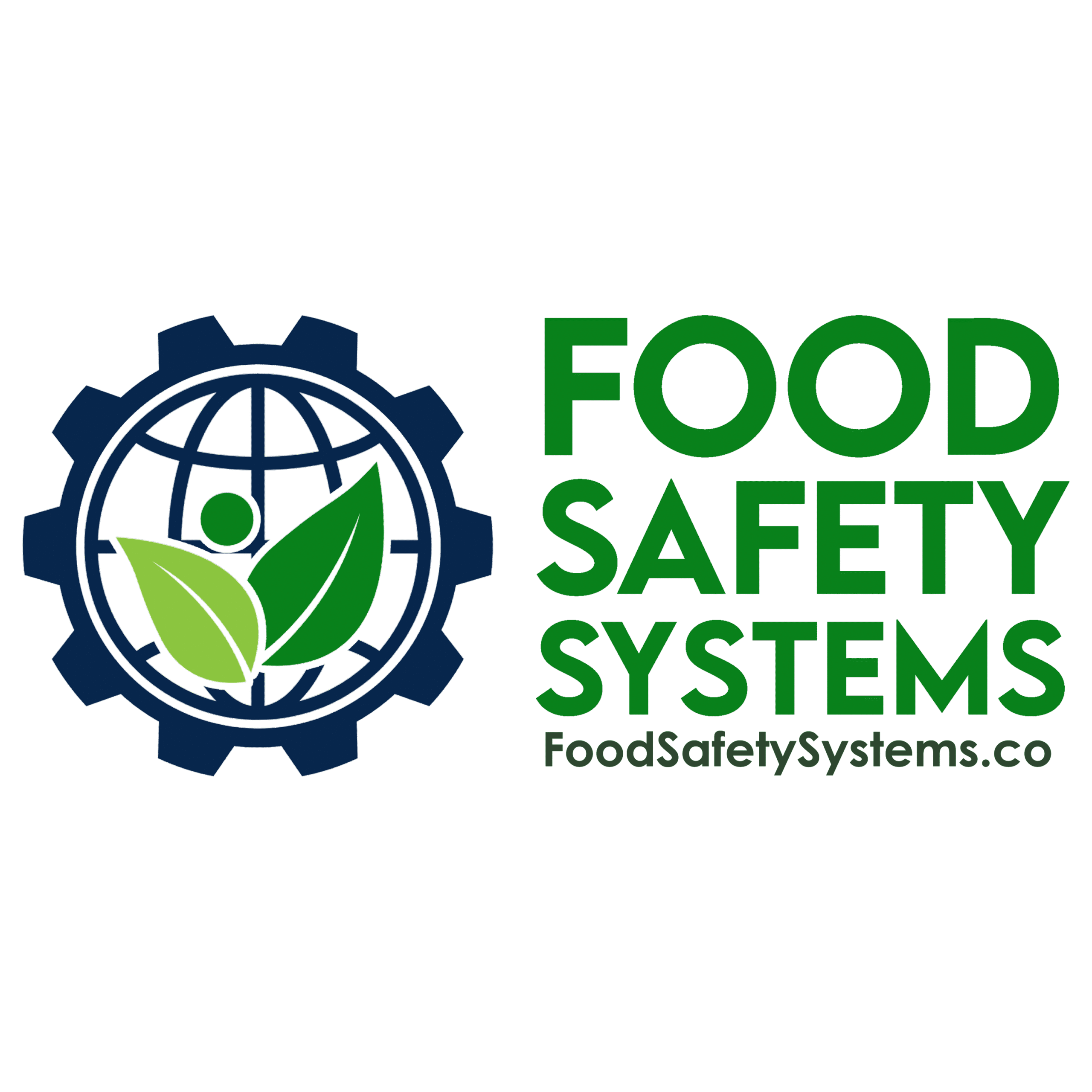Management of Nonconforming Products

Aligned with FSSC 22000 – Control of Product and Process Nonconformities
Also Relevant: Prerequisite Program (PRP) Verification
Requirement Overview
FSSC 22000 requires organizations to have documented procedures to identify, control, and manage nonconforming products to prevent unintended use, dispatch, or release. This includes effective segregation, traceable disposition, corrective action, and verification that preventive measures remain effective.
Proper nonconformance management is critical to protecting food safety, ensuring compliance with statutory and customer requirements, and maintaining brand integrity.
Key Compliance Objectives
-
✓ Prevent unintended use or dispatch of nonconforming product
✓ Identify, document, and segregate affected materials
✓ Determine and authorize appropriate disposition
✓ Record corrective actions and root cause analysis
Step-by-Step Compliance Implementation
1. Establish a Documented Nonconformance Procedure
-
Procedure Must Include:
-
• Definitions of nonconformance (e.g., contamination, specification deviation, labeling error)
• Assigned responsibilities for identification, evaluation, and decision-making
• Documented workflow for reporting and investigation
Evidence to Maintain:
-
• Approved nonconformance SOP
• Process flow diagrams or decision trees
•List of authorized personnel for disposition decisions
- • Definitions of nonconformance (e.g., contamination, specification deviation, labeling error) • Assigned responsibilities for identification, evaluation, and decision-making • Documented workflow for reporting and investigation
- • Approved nonconformance SOP • Process flow diagrams or decision trees •List of authorized personnel for disposition decisions
2. Identify and Segregate Nonconforming Product
-
Control Measures:
-
• Clearly label or tag product as "Hold", "Reject", or "Quarantine"
• Store physically separate from conforming product, or use digital quarantine in ERP/WMS
• Restrict movement, handling, or dispatch until formally released
Evidence to Maintain:
-
• Hold/quarantine logs (manual or electronic))
• Photos or label samples as proof of segregation
• Access restriction procedures
- • Clearly label or tag product as "Hold", "Reject", or "Quarantine" • Store physically separate from conforming product, or use digital quarantine in ERP/WMS • Restrict movement, handling, or dispatch until formally released
- • Hold/quarantine logs (manual or electronic)) • Photos or label samples as proof of segregation • Access restriction procedures
3. Determine Disposition and Take Action
-
Disposition Options Include:
-
• Controlled rework or reprocessing under verified conditions
• Downgrading for alternative use
• Disposal or destruction with traceable documentation
• Return to supplier with full justification
Evidence to Maintain:
-
• Disposition decision log signed by authorized personnel
• Records of rework, destruction, or return
• Supplier notification forms where applicable
- • Controlled rework or reprocessing under verified conditions • Downgrading for alternative use • Disposal or destruction with traceable documentation • Return to supplier with full justification
- • Disposition decision log signed by authorized personnel • Records of rework, destruction, or return • Supplier notification forms where applicable
4. Conduct Root Cause Analysis (RCA) and Corrective Action
-
Corrective Measures:
-
• Investigate the underlying cause of nonconformance
• Implement corrective and preventive actions (CAPA)
• Review training, supplier performance, or process controls
Evidence to Maintain:
-
• Completed nonconformance reports
• RCA and CAPA records with verification of closure
• Trend analysis data to detect recurring issues
- • Investigate the underlying cause of nonconformance • Implement corrective and preventive actions (CAPA) • Review training, supplier performance, or process controls
- • Completed nonconformance reports • RCA and CAPA records with verification of closure • Trend analysis data to detect recurring issues
Common Audit Findings & Recommended Fixes
| Audit Finding | Recommended Action |
|---|---|
| No documented nonconformance procedure | Create and approve an SOP with clear roles and decision criteria |
| Product not labeled during hold | Train staff to tag and record all quarantined materials |
| Missing root cause investigation | Implement formal RCA and CAPA documentation process |
| Reworked product not validated | Establish risk assessment and verification before re-release |
Auditor Verification Checklist (FSSC 22000)
Auditors may request to see:
-
• Nonconformance management SOP and revision history
• Records of product identification, segregation, and status control
• Disposition logs and supporting evidence (rework, destruction, returns)
• RCA and CAPA reports with effectiveness checks
• Trend analysis reports demonstrating continual improvement
Implementation Roadmap
Build the Program
-
✓ Write and approve a detailed SOP for managing nonconforming product
✓ Define types of nonconformance and assign responsible personnel
Train and Control
-
✓ Train staff on identification, segregation, and labeling protocols
✓ Apply quarantine controls in both physical and digital systems
Evaluate and Resolve
-
✓ Assess severity, determine disposition, and document all actions
✓ Investigate causes and prevent recurrence through CAPA
Monitor and Improve
-
✓ Review nonconformance data regularly
✓ Enhance supplier controls, upstream processes, or staff training
Why This Matters?
-
✓ Prevents unsafe or substandard products from reaching the market
✓ Maintains regulatory and customer compliance
✓ Strengthens traceability and audit readiness
✓ Supports a culture of quality and continuous improvement
Support Tools Available
Food Safety Systems provides:
-
✓ Nonconformance SOP templates
✓ Hold tag and quarantine signage templates
✓ Disposition and CAPA log forms
✓ RCA tools and training materials
Privacy Policy | Terms of Service
Powered by interlinkIQ.com, Developed by ITBlaster.net, Owned and Operated by Consultare Inc. Group, A Compliance Company. All Rights Reserved.







